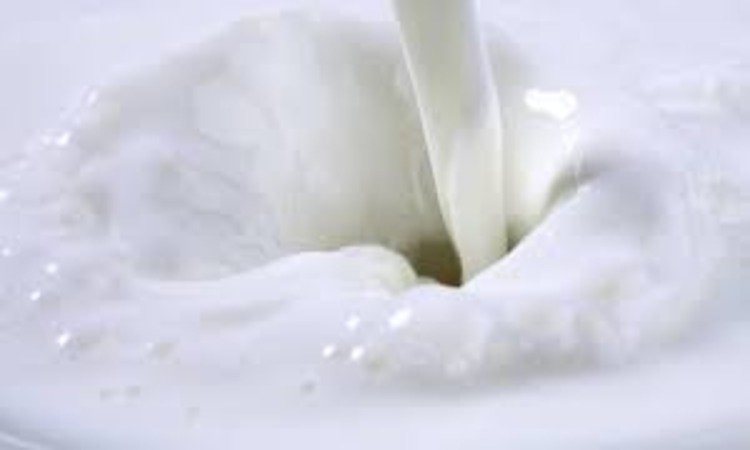Description
Copolymer are a special type of polymer because of their distinctive structure and superior qualities. Copolymers are created through the polymerization of two or more distinct monomers, as opposed to homopolymers, which are made up of repeating units of a single monomer. The purpose of this blog is to explore into the intriguing world of copolymers by examining their structure, many varieties, and the wide range of uses they find across numerous sectors.
Structure and Types of Copolymers
Based on how various monomer units are arrange along the polymer chain, copolymers display a wide variety of structural variations. There are two main categories of copolymers:
Random Copolymers
A non-repetitive sequence of monomer units is produce in random copolymers, where the monomers are positioned randomly throughout the polymer chain. Random copolymers are excellent for a variety of applications due to their unique qualities and large range of characteristics.
Block Copolymers
Long blocks or sequences of one monomer follow by another make up block copolymers. These building pieces can each have unique characteristics, enabling the combination of many qualities inside a single polymer framework. Blocks that have undergone microphase separation can exhibit intriguing self-assembly behaviour, which has implications for materials science and nanotechnology.
Applications of Copolymers
Due to their adaptability and specific features, copolymers have extensive uses in a variety of industries. A few noteworthy applications are:
Packaging
In packaging materials, especially films and flexible packaging, copolymers like ethylene vinyl acetate (EVA) and ethylene propylene diene monomer (EPDM) are frequently utilised. Excellent sealing capabilities, flexibility, and resistance to impact and puncture are all features of these copolymers.
Medical Devices
Due to their controlled release capabilities and biocompatibility, copolymers are used in medical devices. For instance, polylactic-co-glycolic acid (PLGA) copolymers are used in tissue engineering and drug delivery systems.
Automotive
In automotive applications, copolymers like polycarbonate-ABS blends and acrylonitrile butadiene styrene (ABS) are frequently employ. For interior and exterior parts, these copolymers offer superb impact resistance, dimensional stability, and aesthetic appeal.
Adhesives and Coatings
In the creation of adhesives and coatings, copolymers are frequently use. For use in the construction, footwear, and automotive industries, styrene-butadiene rubber (SBR) copolymers offer good adhesion, flexibility, and weather resistance.
Textiles
In textile applications, copolymers are use to improve qualities including moisture management, wrinkle resistance, and colorfastness. In textile fibres and fabrics, copolymers like polybutylene terephthalate (PBT) and polyethylene terephthalate (PET) are frequently employ.
Conclusion
Due to their distinctive composition and structure, copolymer are a diverse and valuable family of polymers that offer a wide range of features and uses. They are perfect for a variety of industries, including packaging, automotive, medical, textiles, and coatings, thanks to their customise properties. Copolymers are anticipate to play an increasingly bigger role in the creation of novel materials for the future as researchers continue to investigate new monomer combinations and polymerization processes. Copolymers are an integral part of contemporary polymer science and industry and make for a fascinating field of study due to their adaptability and variety.


Reviews
There are no reviews yet.